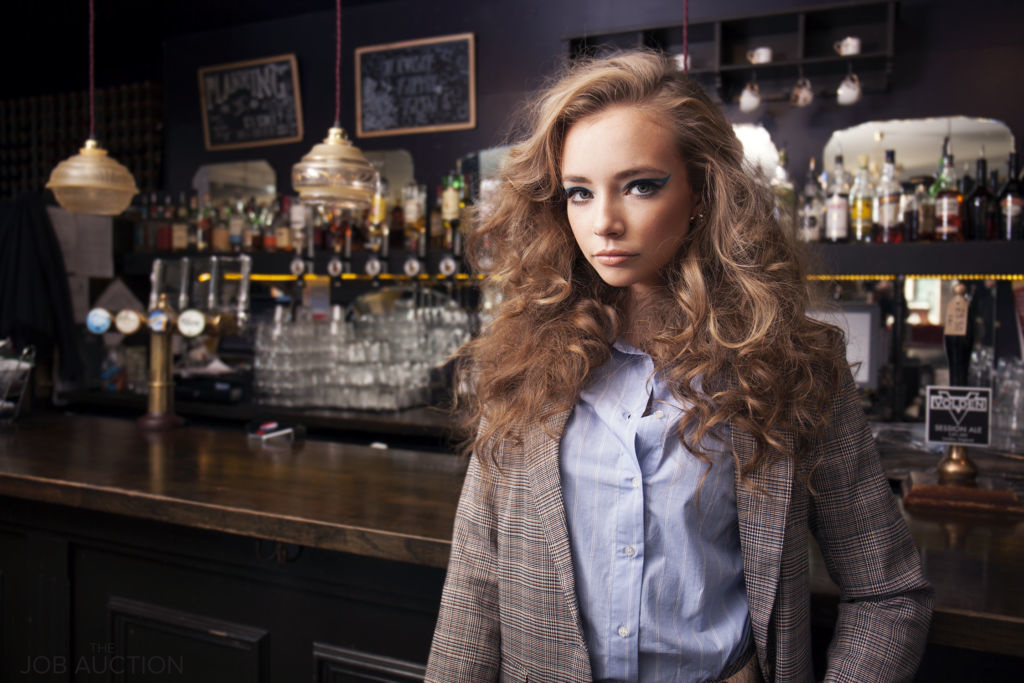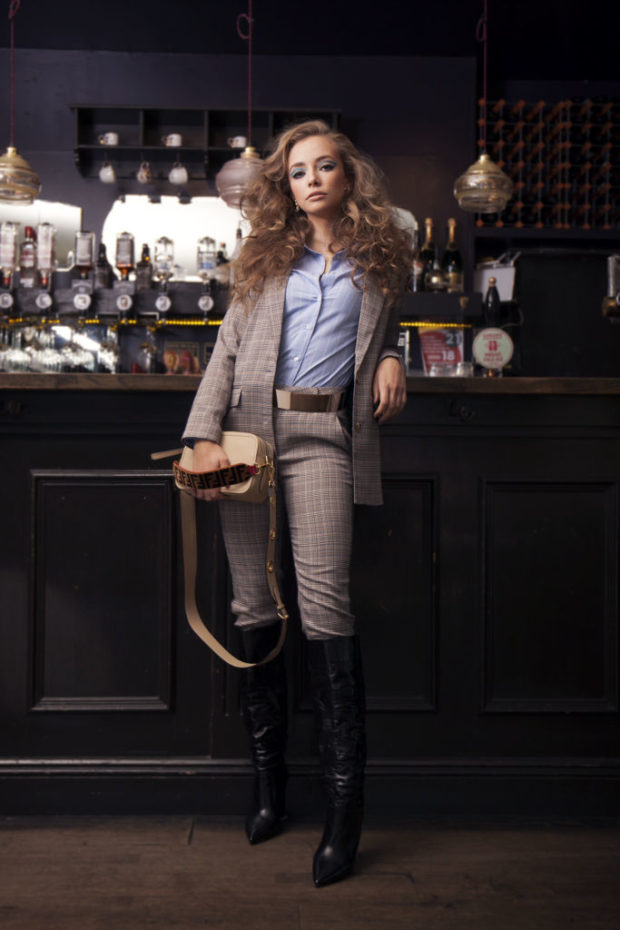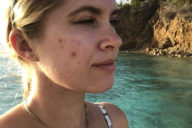Employee dress codes specify which fabrics you can put where on your body. It’s how you communicate your professionalism with one another as well as other professionals. Although business wear was once a static concept with the options limited to what was once an easy-to-understand uniformity, with the genesis of the digital age and the tech company’s rewriting rules for corporate conduct any chance they get it was only a matter of time until attire was changed too. Here, then, are the different degrees of business wear on the formal-casual axis.

Traditional Business Attire
This includes formal suits with corresponding top and bottom halves. These can come in a number of muted tones as well as pinstripe for work in more traditional banks. Some accessories to consider are cufflinks, leather brogues or loafers, briefcases, small amounts of jewellery and watches. This works for most banks and financial services.
Smart Casual
Ordinarily, this is the toughest one to get right as most people envisage blazers and trackies or some strange amalgamation of the two extremes of formality. This, however, isn’t the case and while it is an amalgamation it’s very much within the confines of good taste. Think buttons down shirts and turtlenecks as well as t-shirts and tops instead of blouses. Jackets are allowed and instead of the top halves corresponding there can be some room for variation. T-Shirts under blazers, that sort of thing.

Business Casual
For a lot of men and women this means clothing you would ordinarily wear on golf courses. Dockers and Khakis are acceptable as well as jumper and casual shoes. The shoes can be athletic or open-toed for women. Shirts can be collarless but still reasonably plain. Much like smart casual there is less of an emphasis on coordination the top half and the bottom half of the outfit and they do not have to be part of the same set as with most suits. Pantsuits and pencil skirts are also acceptable for women.
Casual
Instead of completely throwing the rule book out the window there should be an emphasis on relaxed shirts of varying material such as plaid or wool as well as denim on the bottom half of the outfit. Avoid attire that is too casual for example full tracksuits and sportswear.







